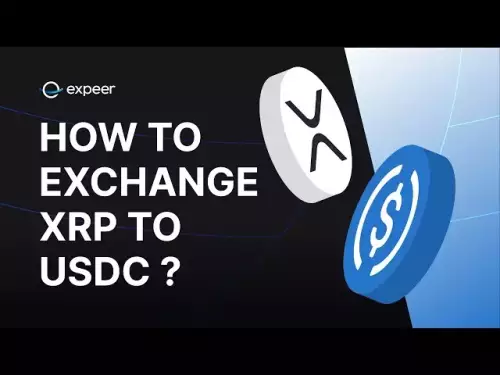
Pi Network's Price Collapse: Unmasking the Deep Flaws and Future Prospects
Pi Network, once hailed as the next big thing in crypto, has seen its token value plummet. This article dives into the reasons behind the price collapse, exposing the project's deep flaws and exploring its uncertain future.
The Rise and Fall of Pi
Remember February? Pi Network seemed unstoppable, with its token briefly soaring near $3 upon news of the mainnet launch. Millions mined, dreaming of crypto glory. But by September, reality hit hard. The token plunged nearly 90% to around $0.34. What happened?
Deep Flaws Exposed
The price collapse has revealed a tangled web of issues:
- Centralization Concerns: Critics argue Pi Network is more of a walled garden than a decentralized blockchain. Developers maintain complete control, with all validators operating under the project's supervision.
- Token Distribution Skepticism: The whitepaper's 100 billion supply target is vague, making it nearly impossible to track circulating tokens. A single wallet holding a massive amount of Pi raises questions about insider control.
- Listing Roadblocks: Major exchanges like Binance and Coinbase are hesitant to list Pi due to concerns about its structure and governance. It's mostly traded on smaller platforms with disclaimers.
- KYC Controversy: The KYC process, requiring ID scans and biometric selfies stored on centralized servers, raises privacy concerns.
The Paradox of Popularity
Despite these flaws, Pi Network remains popular, especially in regions with limited traditional banking access. Its simple mobile mining and gamified incentives attract millions. The project excels in social engineering, keeping users engaged with promises of future utility.
A Glimmer of Stability?
Despite the carnage, Pi has shown signs of holding its ground. The $0.27 level has acted as a soft floor, while Bitcoin itself appears to be consolidating after its plunge. If the market leader can steady, smaller coins like Pi could ride the wave of stabilization.
The Future: Revolution or Mirage?
Pi Network stands at a crossroads. Its narrative of inclusivity still resonates, but its technical foundation is shaky. Without true decentralization, clearer supply data, and stronger privacy guarantees, Pi risks becoming a cautionary tale.
Recently, Pi Network opened its Testnet to developers, a pivotal step toward decentralized innovation. Builders can now mint tokens, test liquidity pools, and explore DEXs using Pi's token creation tools. This could pave the way for real-world use cases and ecosystem growth, if executed properly.
Personal Opinion
While Pi Network faces significant challenges, I believe its potential shouldn't be dismissed entirely. The active user base and recent developer initiatives offer a glimmer of hope. However, the project must address the centralization and transparency issues to regain trust and achieve long-term success. The opening of the Testnet is a good start, but execution is key.
Looking Ahead
Whether Pi Network becomes a crypto revolution or fades into obscurity remains to be seen. But one thing's for sure: it's a wild ride. So buckle up, grab your popcorn, and let's see where this Pi goes!
Disclaimer:info@kdj.com
The information provided is not trading advice. kdj.com does not assume any responsibility for any investments made based on the information provided in this article. Cryptocurrencies are highly volatile and it is highly recommended that you invest with caution after thorough research!
If you believe that the content used on this website infringes your copyright, please contact us immediately (info@kdj.com) and we will delete it promptly.














































































